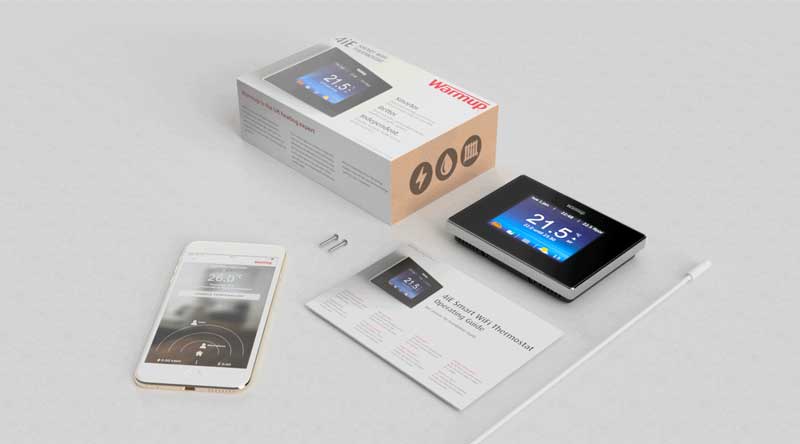Home
/
Troubleshooting
/
3iE Energy-Monitoring Thermostat
What if the Sensor Probe Reads Higher or Lower than Actual Temperature?
In this comprehensive guide, we will delve into three main areas to check when your thermostat readings are inconsistent with the actual floor temperature. These areas include the proper installation of the sensor probe, ensuring separate conduits for the sensor probe wire and cold tail lead, and testing the floor probe for accuracy. By following the suggestions provided, you can identify and address any issues that may be affecting the accuracy of your thermostat readings, ultimately ensuring a more comfortable and controlled environment in your home.
The sensor probe reads higher temperatures than actually felt on the floor most typically when the sensor probe is placed too close to the wire.
If you prefer to watch a clip on Sensor Troubleshooting, watch the video below:
Subscribe to our YouTube channel!
If your thermostat is reading a temperature different than the actual floor temperature, here are a few things to check:
1. The sensor probe should be installed equidistant between two heating cables.
Placing a floor probe off-center and too close to a heating cable will cause higher probe readings than the actual floor temperature. On the contrary, placing a floor probe too far from a heating cable will cause lower probe readings than the actual floor temperature.
2. The sensor probe wire should be installed in a separate conduit from the cold tail lead
If the floor probe is reading significantly colder or warmer, or if temperature readings are sporadic, contact your installer to see if the sensor probe was placed in the same conduit as the cold tail lead. Warmup recommends a separate conduit for both to avoid interference which may result in incorrect temperature readings.
3. Test your Floor Probe
On a 20K scale, the Warmup floor probe should read between 7-17.
If you have discovered that your sensor probe is installed in its own conduit and its resistance is in range, check for a backup floor probe in the wall. Common practice is to install a backup. If you do not have a backup floor probe, you can correct the sensor reading by using the OFFSET feature in the advanced settings of your thermostat. One example is when the reading is 80F but the floor is only 75F. OFFSET your sensor by “-5” and give it five minutes to re-calibrate. The sensor will now adjust to its new range and scale.
If your variance is wider than 10F Warmup would recommend working with the ambient feature of the thermostat instead.
In conclusion, if you find that your thermostat is displaying a temperature different from the actual floor temperature, there are several factors to consider. Firstly, ensure that the sensor probe is installed equidistant between two heating cables.
Placing it off-center or too close to a cable can lead to inaccurate readings. Secondly, verify that the sensor probe wire is installed in a separate conduit from the cold tail lead to prevent interference. If the readings are still inconsistent, test the floor probe using the recommended scale.
If the probe is within the specified range and the installation is correct, check for a backup floor probe in the wall. In the absence of a backup, you can use the OFFSET feature in your thermostat’s advanced settings to adjust the sensor reading. If the temperature variance exceeds 10°F, it is advisable to utilize the ambient feature of the thermostat instead.
Should you require further assistance or have any additional questions, please feel free to contact us. Our support team is here to help ensure your Warmup system operates effectively and meets your heating needs. To access our support services, simply reach out to us at 888-927-6333.


![Thumbnail [200x250]](/wp-content/uploads/Indoor-Systems-Page-Image.png)
![Thumbnail [200x250]](/wp-content/uploads/image-13.png)
![Thumbnail [200x250]](/wp-content/uploads/Projects-Image.png)